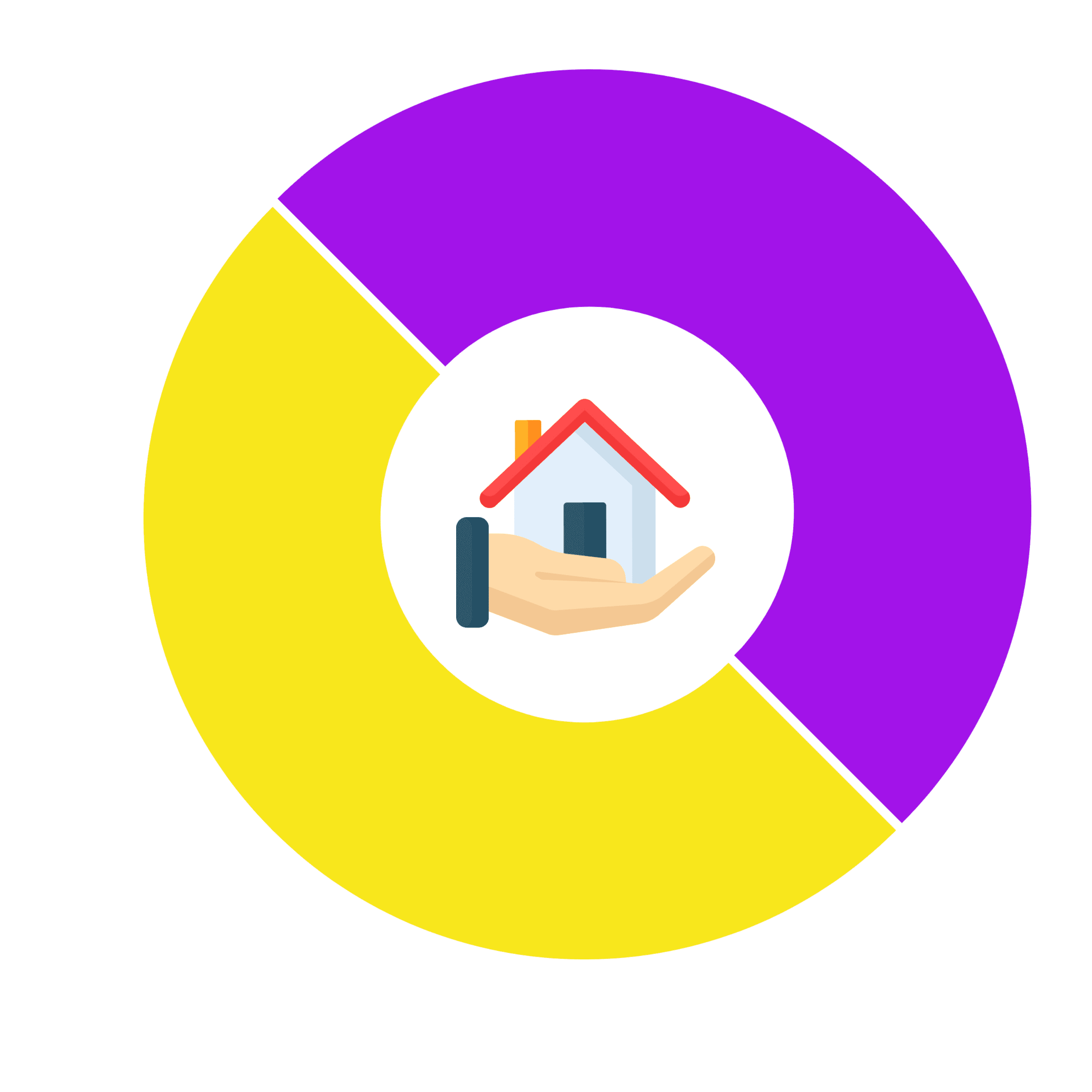Banking
Banking as a service is an end-to-end service that encompasses the overall execution of a financial service provided over the web. It acts as an intermediary between the financial saver and financial borrower by seamlessly integrating as many service providers as needed into one comprehensive process to complete a financial service in an effective and timely manner. The center of this process is the assurance that proper mechanisms are in place to provide security by enabling strong authentication and additional measures to protect sensitive information from unauthorized access throughout the entire process. These security mechanisms must be in compliance with laws of data protection for the jurisdictions involved.
A bank is a financial institution that is licensed and regulated by the Regulator i.e., the Reserve Bank of India to receive deposits and make loans. Banking services that are regarded as retail include the provision of savings and transactional accounts, mortgages, personal loans, debit cards, and credit cards.
The changing role of banks in India can be overviewed in the points depicted below.
The changing role of banks in India can be overviewed in the points depicted below.
The Indian banking sector has seen unprecedented growth along with remarkable improvement in its quality of assets and efficiency since 1991 due to LPG Policy (Liberalisation Privatisation and Globalisation Policy) adopted by the Government
From providing traditional banking services such as borrowing and lending, banks have gradually transformed themselves into universal banks by providing services like ATMs, Internet banking, mobile banking, and social banking.
From providing traditional banking services such as borrowing and lending, banks have gradually transformed themselves into universal banks by providing services like ATMs, Internet banking, mobile banking, and social banking.
- Transactional accounts.
- Savings accounts.
- Debit cards.
- ATM cards.
- Credit cards.
- Traveler’s cheques.
- Mortgages.
- Home equity loans.
- Personal loans.
- Certificates of deposit/Term deposits
A term banking agent is a retail or postal outlet contracted by a financial institution or a mobile network operator to process clientsâ transaction
Banking agents help financial institutions to minimize the crowding of branches by diverting existing customers from crowded branches by providing a complementary and convenient channel. Other financial institutions use agents to reach an additional client segment or geography. Reaching poor clients in rural areas is often expensive for financial institutions since transaction numbers and volumes do not cover the cost of a branch.
In such circumstances, banking agents that piggyback on existing retail infrastructure and lower setup and running costs can play a vital role in offering many low-income people by facilitating their first-time access to a range of financial services. Also, low-income clients often feel more comfortable banking at their local store than walking into a bank branch. Banking agents act as the backbone of mobile banking where transactions are performed over a mobile device, most often a mobile phone.
Benefits of banking agents For clients, Banking Agents help in lowering transaction costs as Banking agents are closer to clients’ homes; have longer opening hours, have shorter lines than in branches, more accessible for illiterates and the very poor especially for those who might feel intimidated in branches.
For agents, Banking Agents help in increased sales by increasing the Customer base through additional foot traffic, differentiation from other businesses, reputation from affiliation with a well-known financial institution as well as additional revenue from commissions and incentives. Financial institutions also get benefitted from an increased customer base and market share; Increased coverage and penetration with a low-cost solution in areas with potentially less number and volume of transactions; increased revenue from additional investment, interest, and fee income; improved indirect branch productivity by reducing congestion.

